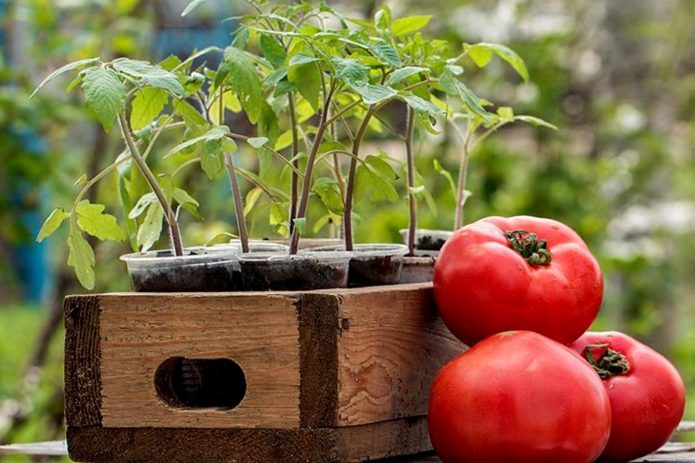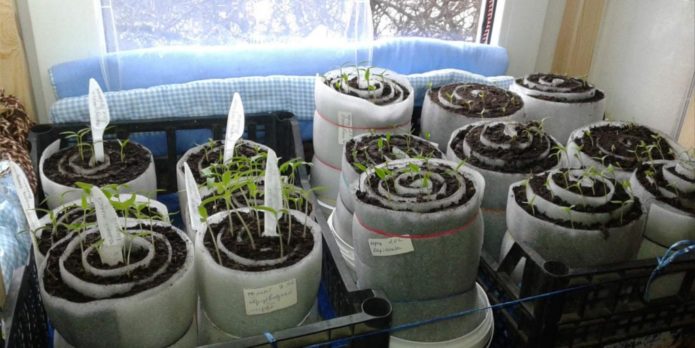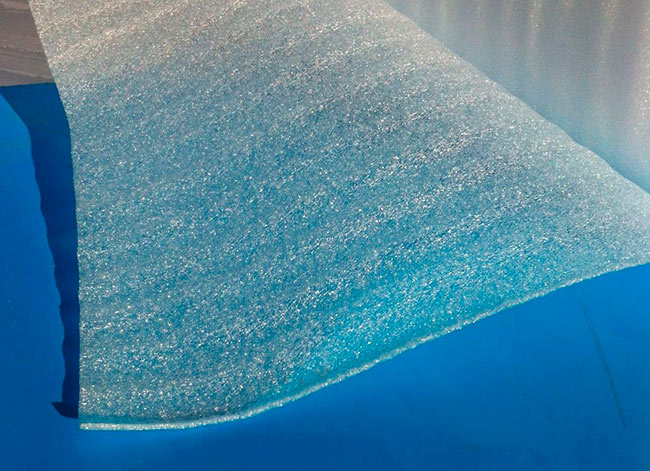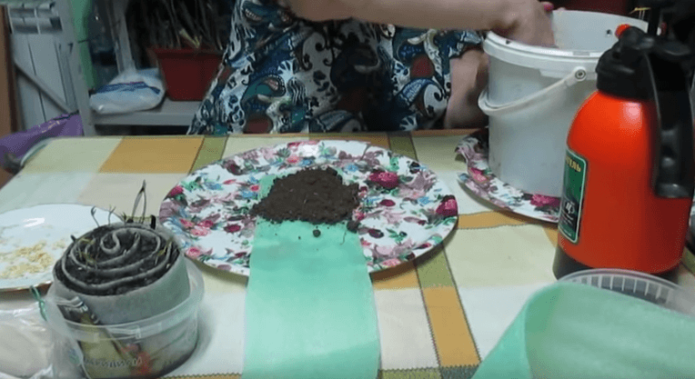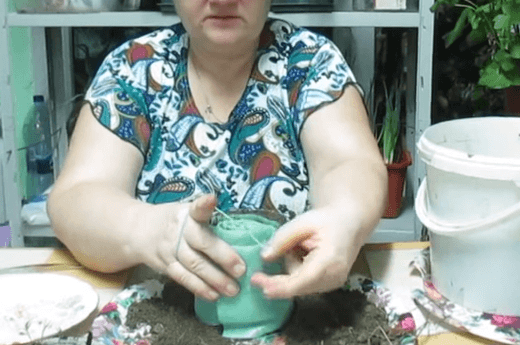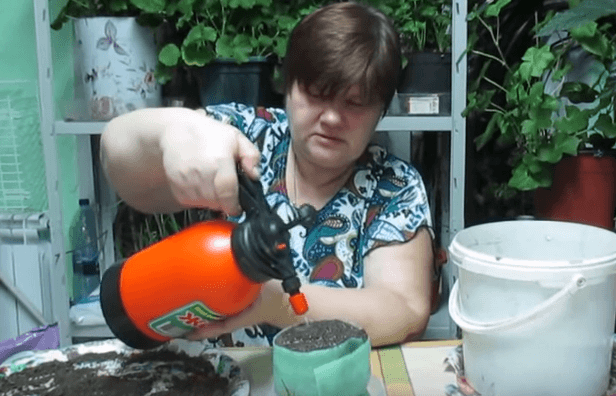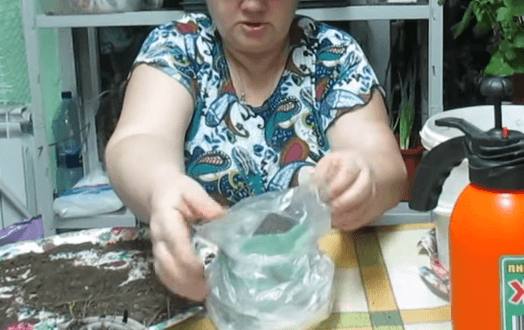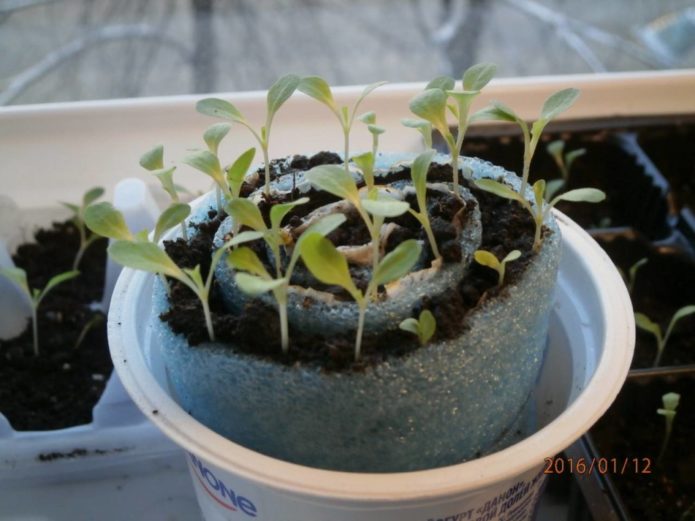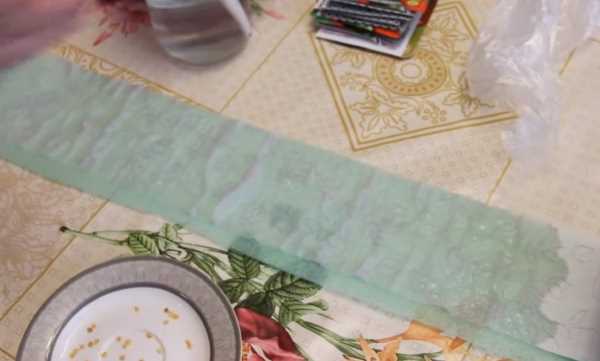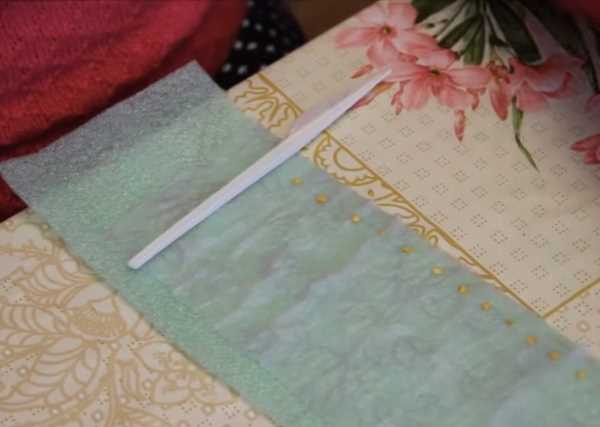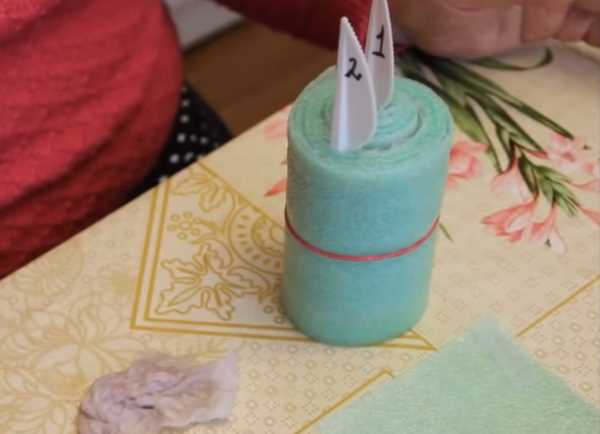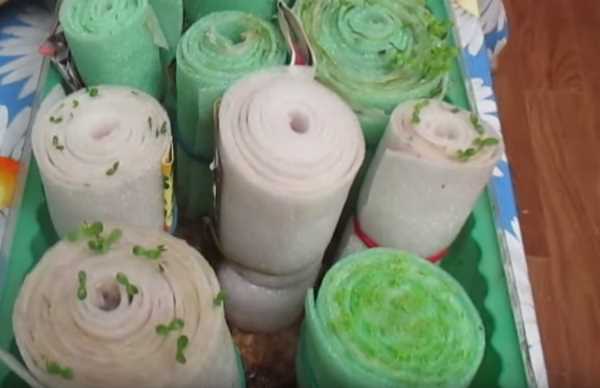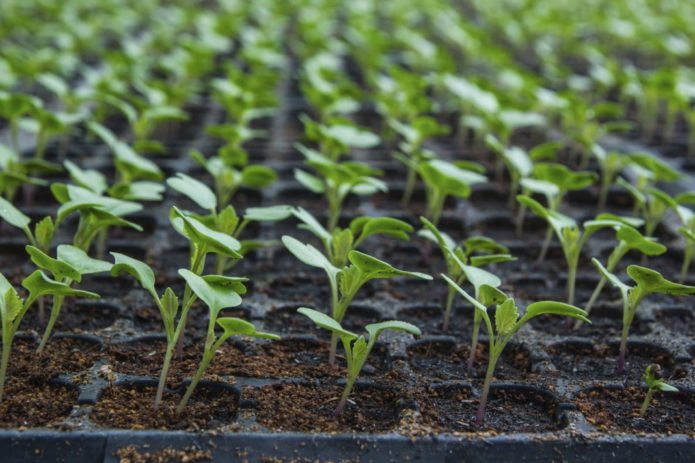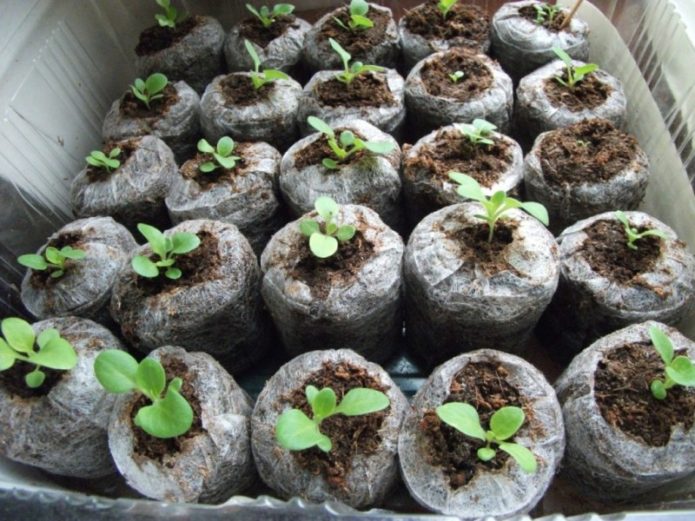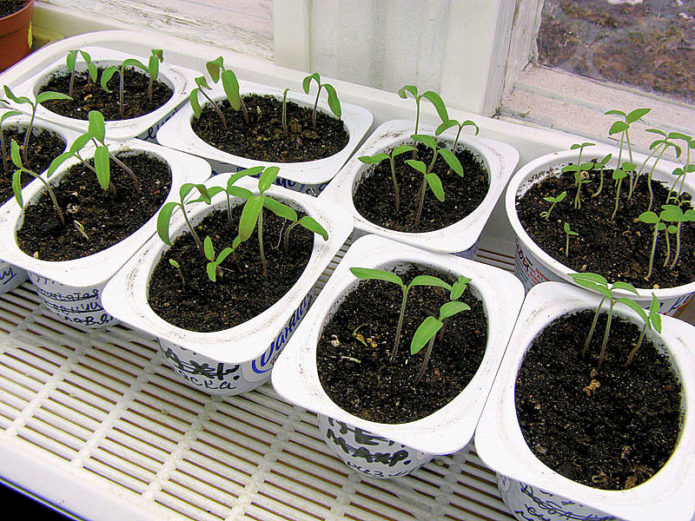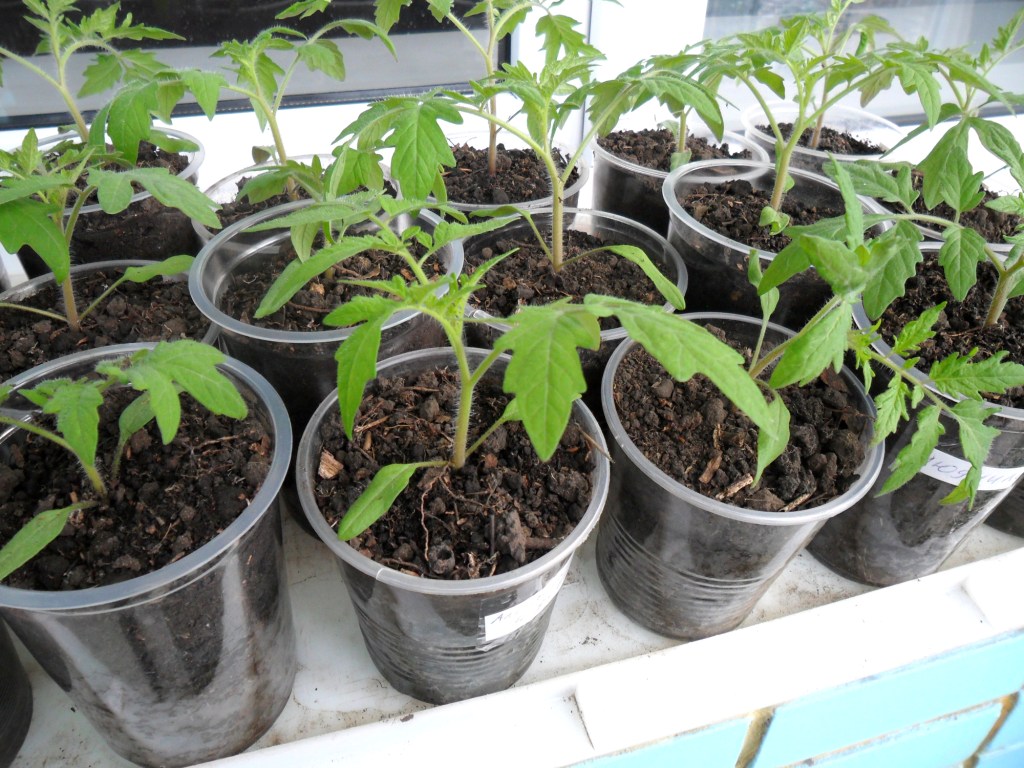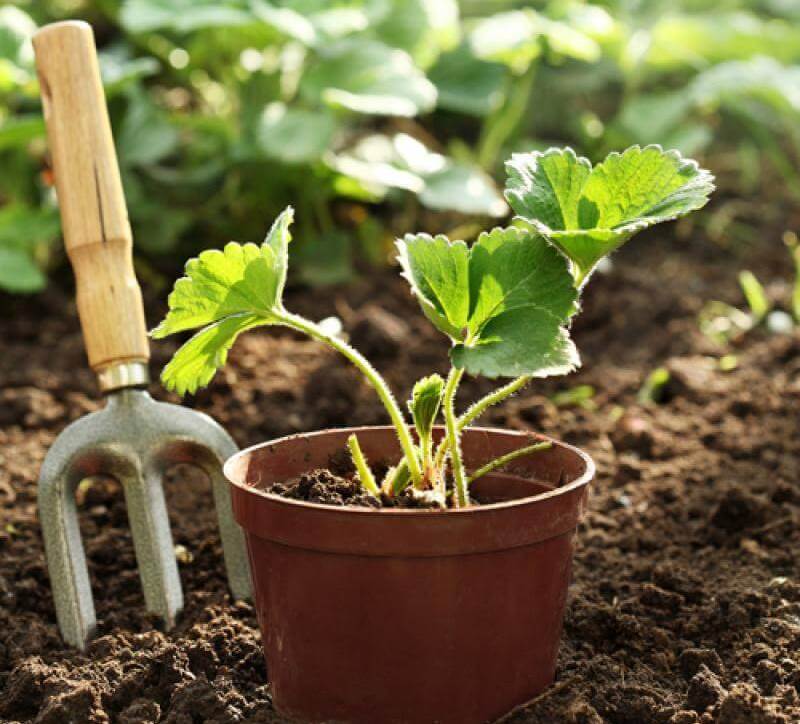A good harvest of tomatoes cannot be obtained without strong and healthy seedlings. If you plant the seeds immediately in open ground, then the fruits will not have time to ripen. Adhering to certain rules, it will not be difficult to grow good seedlings.
Content
How to plant tomatoes for seedlings
To obtain high-quality seedlings, you need to consider a number of factors:
- choose a variety of tomatoes (by ripening time);
- take into account the climatic conditions (in different regions, planting dates are different);
- decide on growing conditions (in a greenhouse or open field);
- stick to the lunar calendar.
To determine the timing of sowing seeds for seedlings, you need to decide which varieties of tomatoes you will grow. In terms of ripening of fruits, tomatoes are early ripening (90–95 days), mid-ripening (100–115 days), late ripening (120–130 days). Pay attention to the height of the tomatoes - they are determinate (short) and indeterminate (tall). Low determinant varieties are better suited for open ground; high indeterminate varieties develop well in greenhouses. All information is on the seed bags. If you grow tomatoes with different ripening periods, then you will have a harvest all summer long.
It is necessary to take into account the climatic conditions in different regions of the country:
- in the south, planting is carried out from mid-February to mid-March;
- in the Moscow region, seeds are planted in early March and until the end of the month;
- in the Urals and Siberia, seeds are planted in early April.
Do not rush to sow seeds for seedlings ahead of time. Overgrown seedlings are sick for a long time after planting in the ground, and the harvest will not be so plentiful.
Decide where you will grow tomatoes - in a greenhouse or directly in the open field. You can plant seedlings in greenhouses 2–3 weeks earlier than in open ground. In regions where there is a threat of "return frosts", it is better not to rush to plant seedlings in open ground.
Transplant seedlings into soil depending on the climatic zone:
- in the southern regions, seedlings can be transplanted already in late April - early May;
- in the Moscow region - from mid-May to early June;
- in the Urals and Siberia - not earlier than at the beginning of June and until the middle of the month.
Grow seedlings according to the lunar calendar... If you adhere to the favorable phases of the moon, then the plants grow and bear fruit better.
In 2019 auspicious days:
- in February - 14,16,18,24,26,27,28;
- in March - 3,4,10,12,20,25,30,31;
- in April - 8,12,13,22,26,27,28.
In the phase of the new moon or full moon, do not germinate and sow seeds - the plants will develop poorly.
Preparing seeds for planting
Before sowing tomato seeds for seedlings, you need to prepare them. If the seeds are purchased from a store, there is no need to decontaminate them. The seed producers have already taken care of this.
If the seeds are bought on the market or you decide to grow tomatoes from your own seeds, they need to be disinfected.
There are several ways to disinfect:
- Soak seeds in Fitosporin solution (100 ml - 2 drops of solution) for two hours.
- Cut off the aloe leaf and refrigerate for 5 days. Then dilute the aloe juice in half with water and soak the seeds for a day.
- The simplest and most proven method of disinfection is to soak the seeds in potassium permanganate for 15–20 minutes (1 g per 100 ml of water). After soaking, rinse the seeds with clean water.
- You can soak the seeds for a day in a soda solution (1/2 teaspoon of baking soda in half a glass of water).
To identify dummy seeds, pour clean water into a glass and add the seeds. Stir after half an hour. Seeds that have sunk to the bottom can be sown. Do not regret the rest on the surface - they will not rise.
Soil preparation
Coconut substrate is very good for growing seedlings. Its loose structure allows its delicate roots to develop well. If you sow seeds in a bowl with further picking, you can only use coconut substrate. If sowing is carried out in an individual container without picking, then the plants will not have enough nutrients. To do this, mix soil (10 liters), a briquette of coconut substrate (7 liters), vermicompost (1 liter) and agroperlite (1 liter). In this soil mixture, seedlings will develop well until planting in the garden.
Video: soil preparation for seedlings
If you decide to use the land from your garden, then it must be pre-processed. Soil disinfection methods:
- it is good to spill the soil with boiling water;
- spill the soil with a strong solution of potassium permanganate;
- place the soil in the oven for 10-15;
- can be heated in the microwave at full power for 2-3 minutes.
Selection and preparation of containers for growing seedlings
When choosing a container, you need to decide whether you will dive the seedlings or not. For cultivation without picking, sowing of seeds is carried out in individual containers. The seedlings grow in it until they are planted in the garden. If you plan to dive seedlings, then sowing seeds is carried out in containers or boxes.
The stores offer a wide variety of containers. For cultivation without picking, peat tablets, peat pots, plastic cassettes are used. The peat container is good in that the seedlings are planted on the garden bed together with a tablet or with a glass. Plastic cassettes can be reused.
For growing plants with further picking, plastic boxes are used. They can also be used for several seasons.
If you have been using plastic containers for several years, be sure to disinfect it. To destroy possible pathogens of vegetable diseases, wash the container with laundry soap and scald with boiling water.
It is very convenient to grow seedlings in plastic disposable cups. For tomatoes, take a container with a volume of 500 ml.
If you do not want to spend money, use the materials at hand. These can be jars of yogurt or sour cream, cut plastic bottles, juice or milk boxes.
Ways of planting tomatoes for seedlings
There are many ways to plant seeds for seedlings, both traditional and original.
Planting seeds in boiling water
The method of planting seeds in boiling water is becoming more and more popular. With this method of planting, the seedlings are more friendly and the seedlings are strong and healthy.
Planting seeds in boiling water:
- Place the seeds on top of the soil in a container where you will grow the seedlings (for example, a plastic container).
- Deepen slightly with a toothpick.
- Pour boiling water over and cover with a lid.
- We wrap it in a towel and put it on the battery for 1 hour.
- Then we put it in a permanent place - on a windowsill or under a lamp.
Planting seeds in a snail
To save space on the windowsill, you can use the method of planting seeds in a snail. There are two types of snails: with soil and made of toilet paper.
Snail with soil
To make a snail with soil, follow the step-by-step instructions:
- Cut strips 10 cm wide from the laminate backing.
- Having retreated from the beginning of 5 cm, pour the earth on the substrate 1–1.5 cm high. From the upper edge of the strip, the soil should recede by 2 cm. Do not cover the entire length of the substrate with earth at once, do it in parts, about 20–25 cm.
- Moisten the earth slightly and tamp.
- Place the seeds 2 cm apart.
- We begin to twist the seedbed in the form of a roll, gradually adding the next portion of the earth. Try to keep the roll tight. At the end, leave 5 cm of the backing without ground.
- Secure the roll at the top and bottom with rubber bands.
- In the container where the seedlings will be grown, we put the rolls vertically. Add soil if necessary.
- Pour 2 cm high water on the bottom of the container and spray the snails from above with a spray bottle.
- Cover the snails with plastic wrap and place them in a dark and warm place to germinate the seeds. Do not forget to periodically remove the film for airing.
- As soon as the first loops of seedlings appear, the film is removed and the snails are placed in a well-lit place.
Snail on toilet paper
The method is similar to the previous one, but instead of soil, toilet paper is used (from 1 to 4 layers). All distances are the same as in the previous version.
- Place paper on backing strips.
- Moisten with water.
- Spread the seeds on the paper.
- Twist the snails, securing them with rubber bands.
- Place in a container of water and cover with foil.
- As soon as the first shoots appear, place in a well-lit place.
- When two real leaves appear or roots in the lower part of the snail begin to look out, the seedlings must be opened. Expand the snail, plant well-developed seedlings in an individual container, and leave the rest for growing.
Planting seeds in cassettes
It is very convenient to grow seedlings in trays with pallets. For growing tomatoes, choose cassettes with large cells. Cassettes with a mesh size of 5x6 cm and a height of 10 cm are well suited. The advantage of cassettes with a pallet is that they use "bottom irrigation". This is the way when water is poured into the sump. And also cassettes take up little space on the windowsill, as they are compact. It is convenient to rearrange them. This container can be used many times.
Fill the cassettes with soil, make 1–1.5 cm depressions, place the seeds and sprinkle with soil. Cover with foil or glass, place in a warm place. After emergence, remove the cover and place on the windowsill.
Planting seeds in peat tablets and cups
For growing tomato seedlings, it is recommended to take peat tablets with a diameter of 4 cm. Place the tablets in a container (for example, a plastic container). Fill the tablets with water to swell. Place seeds in the grooves and sprinkle with vermiculite or soil on top. Cover the swollen pills with seeds with film or glass.Further cultivation of seedlings is carried out in the same way as in cassettes.
Planting seeds in peat cups is carried out in the same way as in ordinary ones. The cups are filled with soil, depressions are made and seeds are placed. Peat cups are good because seedlings are planted in open ground together with a cup. The tender roots of the seedlings will not suffer, and the decomposed peat cup will be an additional fertilizer.
Planting seeds in scrap materials
You can plant seeds for seedlings in any container - the choice is yours. You can use plastic disposable cups, for tomatoes take 500 ml cups. You can cut plastic bottles, cardboard juice or milk bags, sour cream or yogurt cups. Make holes for drainage, fill with soil and grow seedlings according to the same rules as above.
How to care for seedlings at home
When the first loops of sprouts appear, the seedlings must be rearranged to a well-lit place. You can just put it on the windowsill, but since the daylight hours in spring are short, it is better to use additional lighting. For these purposes, purchase a special phytolamp. Light the seedlings around the clock for the first 2-3 days. Then, so that the seedlings do not stretch out and are strong and healthy, provide at least 12 hours of daylight.
Water with care. Drying out the soil or waterlogging it will have a bad effect on the quality of seedlings. Water with standing water 2 degrees above room temperature. Watering is carried out under the root, preventing water from getting on the leaves.
If the seedlings are strong, with good green leaves, then there is no need to feed them. Excess fertilizer will not be beneficial. If the seedlings are weakened, feed them. Now there is a huge selection of mineral or organic fertilizers in specialized stores - the choice is yours.
If the seedlings are grown in individual containers (cups, cassettes, peat tablets), then it is not necessary to dive. If the seeds were sown in a container or box, then when three true leaves appear, the seedlings must be planted. Carefully, using a wooden stick or a toothpick, remove the sprout and place it in a separate glass. For tomatoes, the optimal container size is at least 500 ml. According to the rules of picking, 1/3 of the root must be pinched so that the root system is more powerful. But lately, trauma to the plant root is not considered correct. Therefore, the seedlings are simply transplanted without pinching.
Even a novice summer resident can grow tomato seedlings. Choose varieties of tomatoes, use different containers for growing seedlings, follow the recommendations of experienced gardeners. Try different growing methods and get a good harvest!
